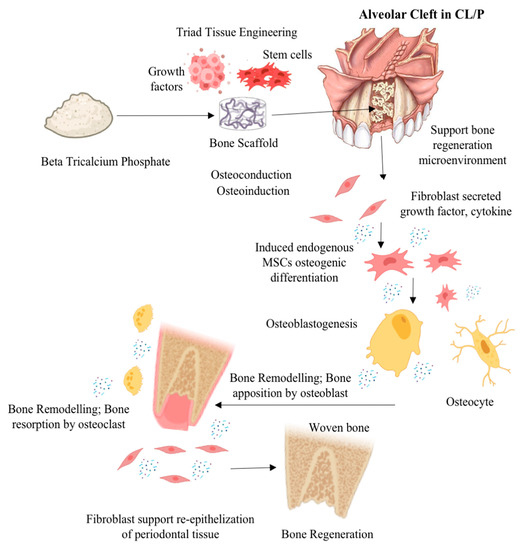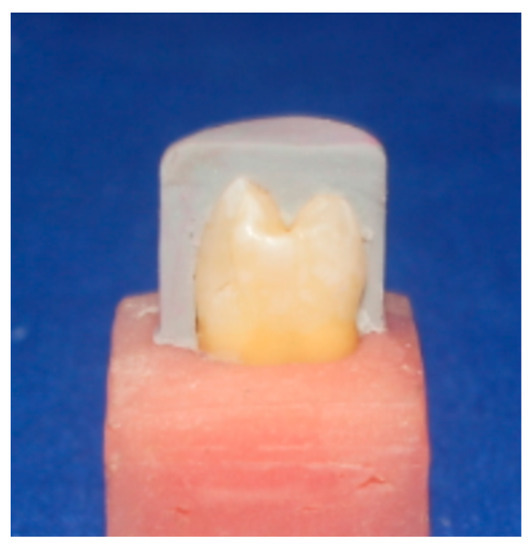Novel Ceramic Materials in Dentistry
A topical collection in Dentistry Journal (ISSN 2304-6767). This collection belongs to the section "Dental Materials".
Viewed by 8506
Editors
Interests: prosthodontics; adhesive dentistry; dental materials
Special Issues, Collections and Topics in MDPI journals
Interests: oral medicine; dental materials; operative dentistry; oral health
Special Issues, Collections and Topics in MDPI journals
Topical Collection Information
Dear Colleagues,
In the last decade, the search for innovative fabrication technologies and novel restorative materials has allowed digital workflows to become increasingly widespread in dentistry, widening treatment scenarios and clinical protocols, particularly in prosthodontics and restorative dentistry.
The introduction of optical impressions and intraoral scanners, as well as the implementation of production lines with CAD/CAM manufacturing and 3D printing, has exploited the operative advantages of new classes of dental ceramics and innovative metal-free restorative materials, significantly improving the biocompatibility, mechanical characteristic, and optical properties of tooth-like prostheses and reconstructions. Moreover, the optimal structural resistance of novel ceramic materials has enabled a reduction in the thickness of restorations, saving, in turn, a significant amount of dental tissue, in accordance with the principles of minimal intervention dentistry.
Conventional dental ceramics have been compared to polycrystalline cores (such as conventional and translucent zirconia) and high-strength glass ceramics (such as lithium disilicate). Nonetheless, innovative restorative materials have been developed to further improve mechanical and esthetic properties, offer reliable accuracy and precision, and reduce fabrication and chairside time. Consequently, innovative ceramic materials have been recently introduced in the dental market, such as hybrid ceramics and zirconia-reinforced lithium silicates (ZLS).
The physical–chemical profile of such novel restorative materials allows for the reduction in restorative thicknesses, ensuring, at the same time, impressive esthetic and clinical performances; these improvements have dramatically widened the range of clinical options in tooth- and implant-supported prosthodontics.
Clinical operators can profit from these improved ceramics, particularly in the digital workflow, rendering operative steps standardized and easier, thus improving, in turn, patients’ comfort and restorative experiences.
Prof. Dr. Roberto Sorrentino
Prof. Dr. Gianrico Spagnuolo
Collection Editors
Manuscript Submission Information
Manuscripts should be submitted online at www.mdpi.com by registering and logging in to this website. Once you are registered, click here to go to the submission form. Manuscripts can be submitted until the deadline. All submissions that pass pre-check are peer-reviewed. Accepted papers will be published continuously in the journal (as soon as accepted) and will be listed together on the collection website. Research articles, review articles as well as short communications are invited. For planned papers, a title and short abstract (about 100 words) can be sent to the Editorial Office for announcement on this website.
Submitted manuscripts should not have been published previously, nor be under consideration for publication elsewhere (except conference proceedings papers). All manuscripts are thoroughly refereed through a single-blind peer-review process. A guide for authors and other relevant information for submission of manuscripts is available on the Instructions for Authors page. Dentistry Journal is an international peer-reviewed open access monthly journal published by MDPI.
Please visit the Instructions for Authors page before submitting a manuscript. The Article Processing Charge (APC) for publication in this open access journal is 2000 CHF (Swiss Francs). Submitted papers should be well formatted and use good English. Authors may use MDPI's English editing service prior to publication or during author revisions.
Keywords
- dental ceramics
- metal free
- zirconia
- lithium disilicate
- ZLS









